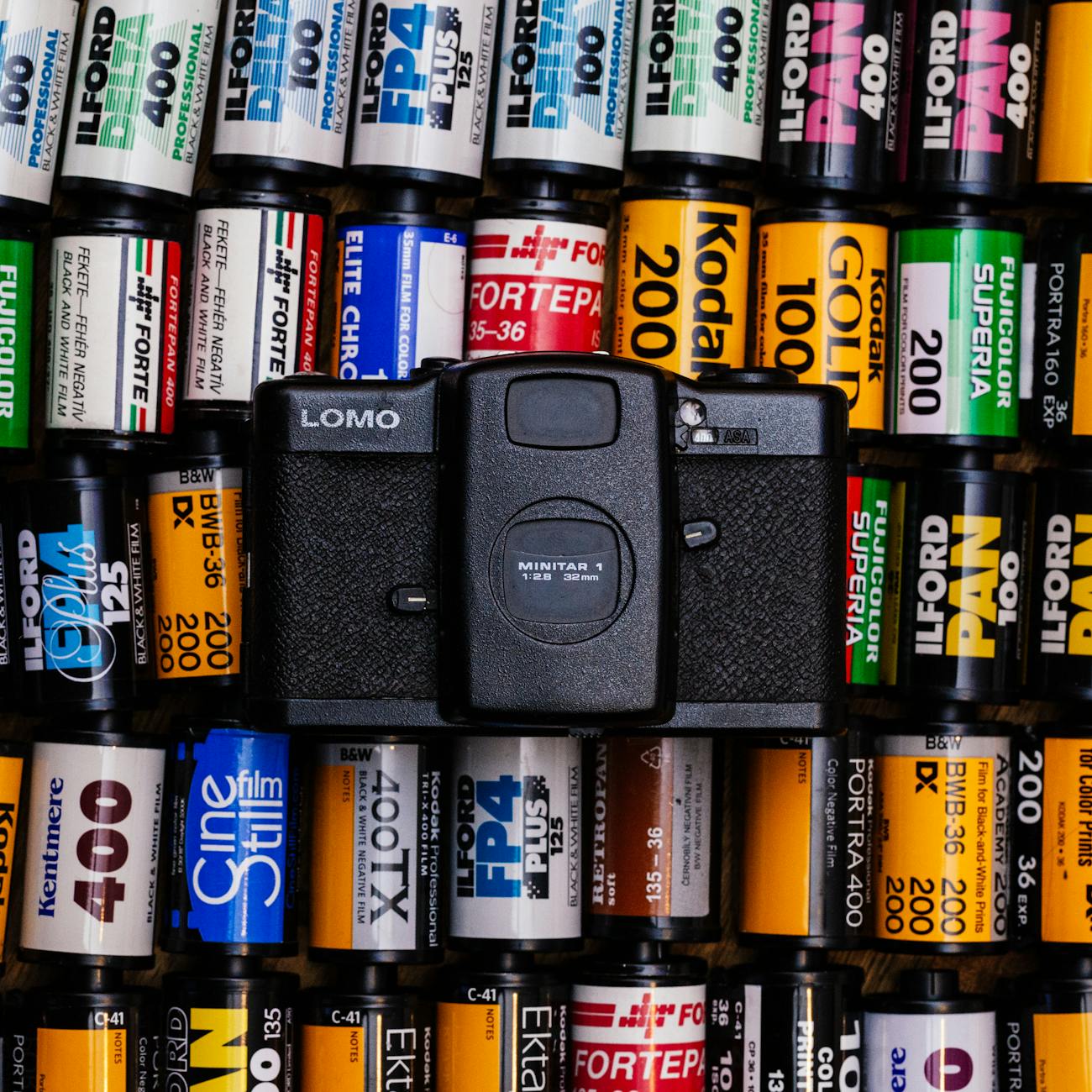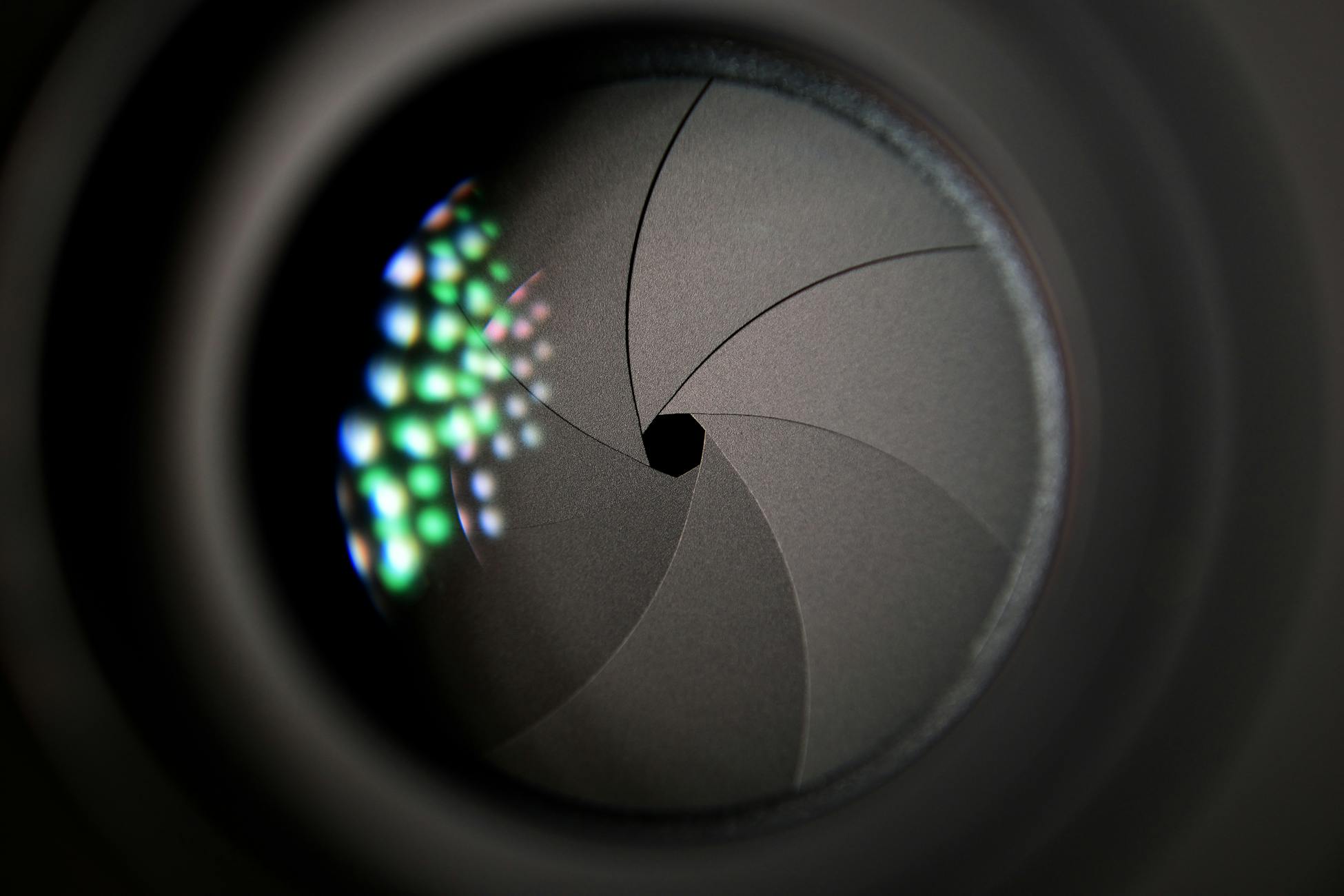Choosing Your Ideal Camera: Key Features to Consider


Are you in the market for a new camera but feeling overwhelmed by the multitude of choices available? Choosing the ideal camera can be a daunting task, especially with the rapid advancements in photography technology. To help you make an informed decision, let's explore the key features to consider when selecting the best camera for your needs.
1. Determine Your Needs
Before diving into the world of camera shopping, it's crucial to identify your specific needs and preferences. Are you a beginner looking for a user-friendly point-and-shoot camera, or are you a professional photographer in search of a high-end DSLR or mirrorless camera? Understanding your shooting style and the type of photography you plan to pursue will guide you in selecting the most suitable camera.
2. Camera Type: Point-and-Shoot, DSLR, or Mirrorless
There are three primary types of cameras to choose from: point-and-shoot, DSLR, and mirrorless. Point-and-shoot cameras are compact, easy to use, and perfect for beginners. DSLR cameras offer superior image quality, interchangeable lenses, and advanced settings, making them ideal for professional photographers. Mirrorless cameras combine the best of both worlds, featuring interchangeable lenses and a compact design. Consider your skill level and shooting requirements when deciding on the camera type.
3. Sensor Size and Megapixels
The sensor size and megapixels of a camera play a crucial role in determining the image quality. Cameras with larger sensors tend to capture more light, resulting in sharper and more detailed images. While megapixels are not the sole indicator of image quality, they can affect the level of detail in your photos. Consider opting for a camera with a larger sensor and a sufficient number of megapixels for your photography needs.
4. Lens Compatibility
If you opt for a DSLR or mirrorless camera, lens compatibility is a key factor to consider. The ability to interchange lenses allows you to explore various focal lengths and shooting styles. Before making a purchase, research the availability and cost of compatible lenses to ensure that you can expand your photography equipment in the future.
5. Autofocus System
An efficient autofocus system is essential for capturing sharp and well-focused images. Cameras with advanced autofocus systems offer better subject tracking and focus accuracy, especially when shooting moving subjects. Consider the autofocus capabilities of a camera and ensure that it aligns with your photography requirements.
6. Video Recording Features
With the increasing popularity of videography, many cameras now come equipped with advanced video recording capabilities. If you plan to capture videos in addition to still images, look for a camera that offers high-resolution video recording, microphone inputs, and manual controls for video settings. Evaluate the video recording features of a camera to determine if it meets your videography needs.
7. Connectivity Options
Modern cameras are equipped with various connectivity options, such as Wi-Fi, Bluetooth, and NFC, allowing you to easily transfer images to your mobile devices or upload them to social media platforms. Consider the connectivity features of a camera if you value instant sharing and remote control capabilities.
8. Price and Budget
Before finalising your camera purchase, establish a budget that aligns with your financial constraints. While high-end cameras offer advanced features and superior performance, there are also budget-friendly options available for beginners and hobbyists. Compare the prices of different cameras and prioritise the features that are essential to your photography needs within your budget.
Choosing the ideal camera requires careful consideration of various factors, from camera type and sensor size to lens compatibility and autofocus capabilities. By following this camera buying guide and considering the best camera features for your specific needs, you can make an informed decision and invest in a camera that will enhance your photography skills and creativity.